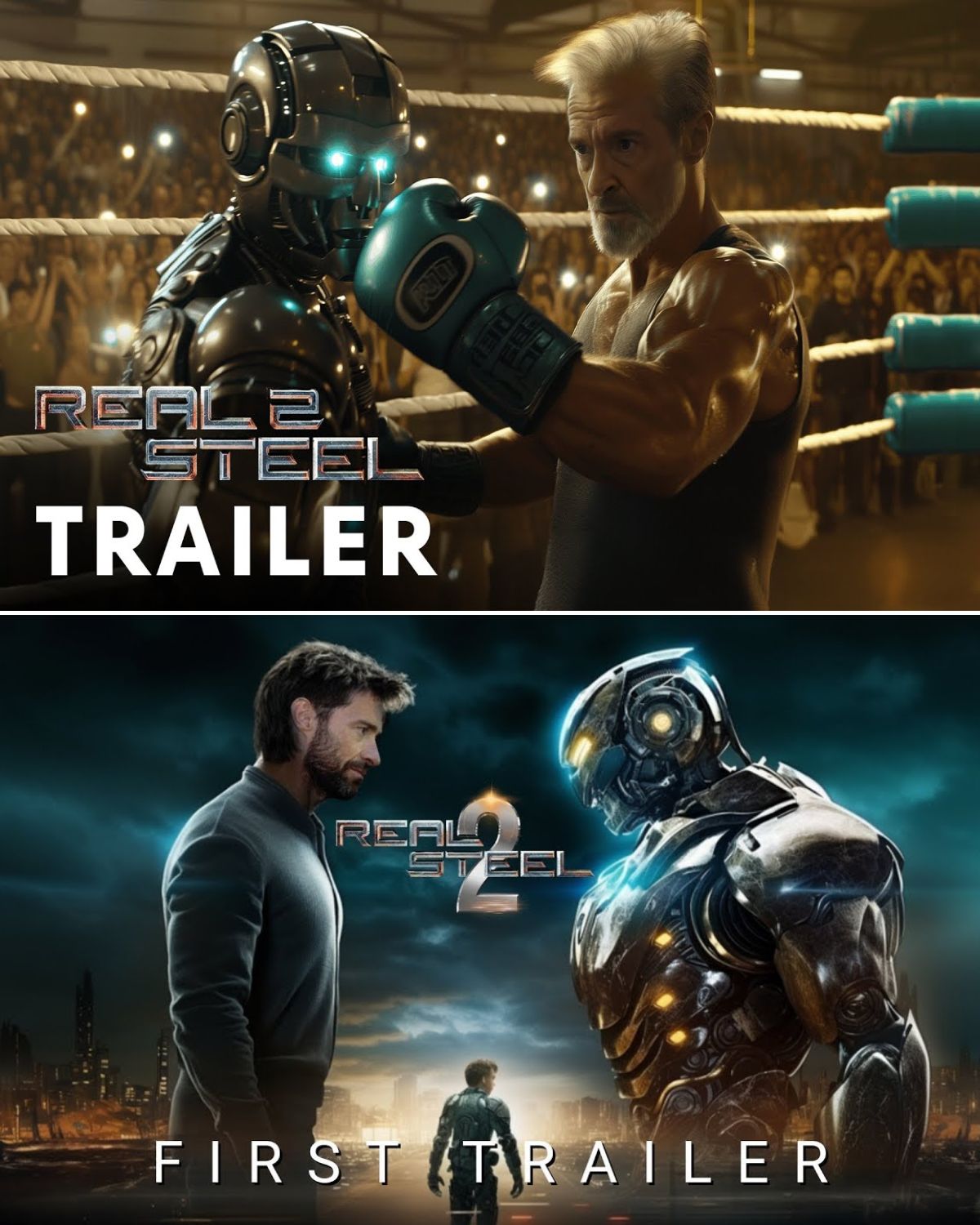John Wick has influenced the action genre in several ways, but the property’s biggest contribution changed the way Hollywood approaches fight scenes.

The John Wick franchise has had a profound impact on the action landscape, even managing to see off the genre’s most frustrating fight scene trend. The Keanu Reeves-starring franchise has pioneered countless innovations within the action genre; John Wick’s elaborate criminal world underscores the importance of cinematic worldbuilding, while the franchise’s fight choreography has triggered a resurgence of interest in martial arts filmmaking. Yet the film series’ best legacy has been to correct one of the biggest mistakes of post-Jason Bourne action cinema.
There’s plenty to admire about the five Bourne movies; the franchise set new standards for chase scenes, close-quarters action, and globetrotting spy narratives. However, one unintended consequence of the Bourne series cast a shadow over action cinema for more than a decade. Only the discipline and martial arts virtuosity of John Wick star Keanu Reeves, whose action legacy was already secured nearly 25 years ago with The Matrix, could be counted on to lift the genre out of its dark period.
The John Wick Movies Broke A Trend Of Shaky-Cam-Filled Action Films

Every generation has a franchise which redefines the action filmmaking language of that era. In the 2000s, the Bourne movies popularized the use of shaky-cam in action sequences, ushering in a period of mainstream action movies using the chaotic technique to inject a sense of gritty realism into their fight scenes. The trend continued for more than a decade before 2014’s John Wick hit theaters, changing the action paradigm once again. With its focus on Steadicam fight scenes, John Wick set a new action standard, allowing audiences to see what‘s going on and to appreciate the intricate, meticulous choreography.
Keanu Reeves’ commitment to martial arts training allows him to perform nearly all of his own stunts in the John Wick movies, much like he did for his last game-changing action franchise, The Matrix. The star’s proficiency negates the need for the director to cut around him, allowing for longer takes of slick, satisfying action. The massive popularity of the franchise has spawned countless John Wick imitators that likewise see their high-profile stars show off genuine action virtuosity in clear, continuous takes. The influence of the John Wick style is evident in movies like Atomic Blonde, Nobody, Bullet Train, and even the Hawkeye vs. Yakuza long-take in Avengers: Endgame.
Shaky-Cam Worked For The Bourne Movies (But Not For Much Else)

Shaky-cam still shows up in Extraction 2 and The Killer’s Florida Man fight, but the device’s era as the go-to style for mainstream action movies is more or less at an end. Ultimately, the change is a welcome one. In the Bourne movies, franchise directors Doug Liman and Paul Greengrass prioritized clear blocking and choreography to ensure that the audience could still see what was happening within the chaotic shaky-cam fights, successfully delivering a sense of visceral immediacy.
Unfortunately, many of the series’ action imitators, such as Taken and Quantum of Solace, often use the style to cover up arguably sloppy choreography and bloodless fight scenes. The Hunger Games (2012) attracted criticism for using the technique to avoid fully engaging with the violence of one of the book series’ most anticipated and brutal scenes, the cornucopia bloodbath. The John Wick Steadicam style may have its detractors, but the technique’s emphasis on discipline and clarity makes it much harder to cheat the audience.




